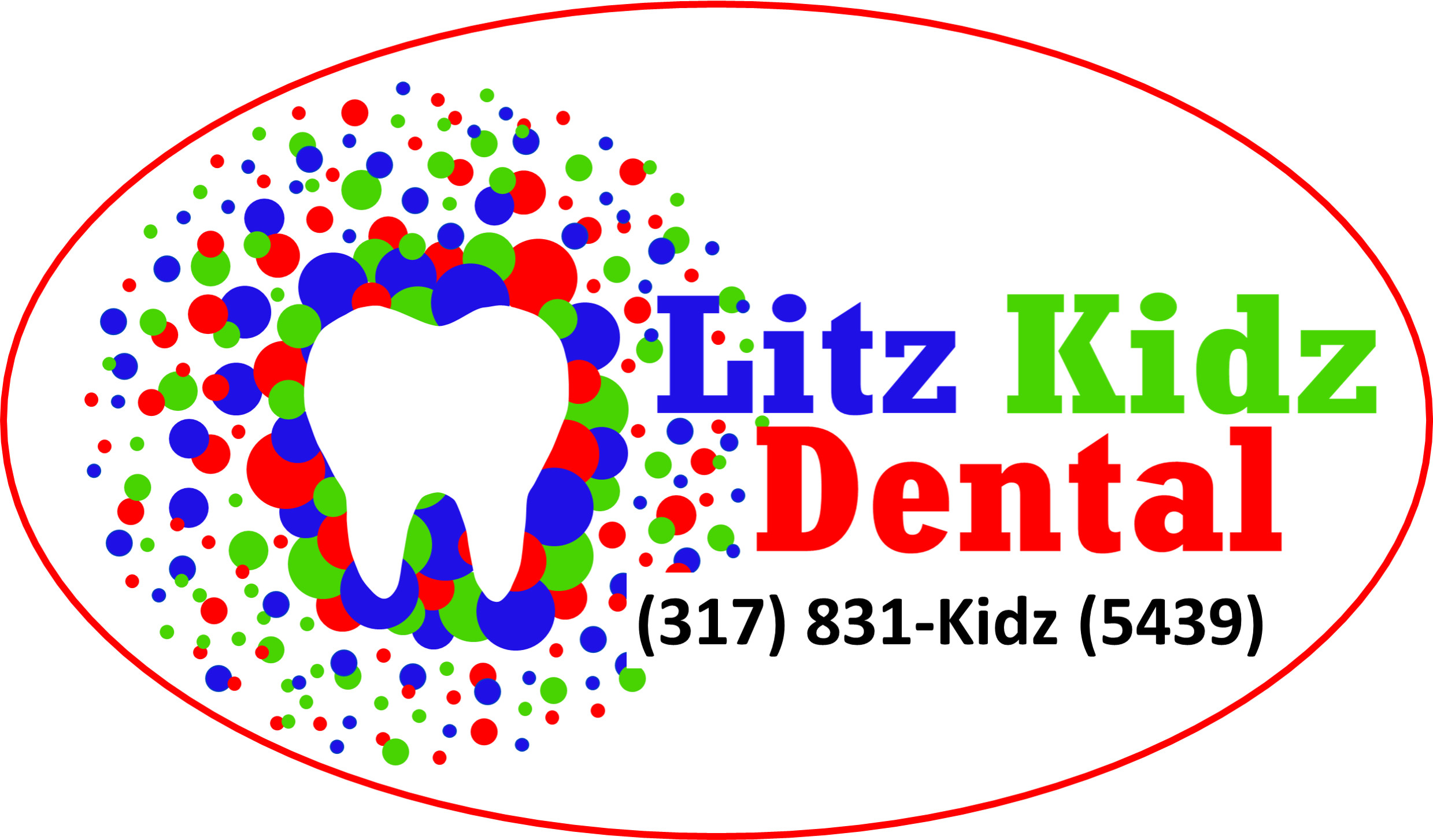Children require much more than “one size fits all” especially when it comes to dentistry. Just because there are two, 4 year olds, does not mean they will behave the same. Their maturity, experiences, and parent’s attitudes towards dentistry are different and these affect the child’s behavior.
A pediatric dentist has many different tools in their “bag of tricks.” These include: Tell/Show/Do, Voice Modulation, Distraction Technique, Positive Reinforcement, Protective Stabilization, Sedation, and General Anesthesia.
This article’s focus is on Protective Stabilization, often called a “wrap, blanket, or papoose board.” Stabilization can be as simple as parent holding the child in their lap or being responsible for holding the child’s hands, which is often comforting to the patient.
The Papoose Board is used to immobilize or reduce the patient’s ability to move his/her arms, legs, and body. This is similar to the way a car seat stabilizes a child in a vehicle. This used for SAFETY, not punishment!
When and Why the papoose board is used:
- A patient needs care and cannot cooperate due to emotional maturity or medical/physical conditions.
- The child’s safety is in question due to the patient’s movement.
- A patient sedated with certain drugs.
- A child with special needs with uncontrolled movements.
Not all dentists are trained to use this device. Pediatric dentists attend a 2 year residency after dental school gaining knowledge and experience with this device. If I suggest for a papoose board to be used, feel free to ask many questions regarding the reason for it. The papoose board is ONLY used after Parental Consent is given. We are happy to answer all of your questions until you feel comfortable and know your child is safe.

Comments are closed.